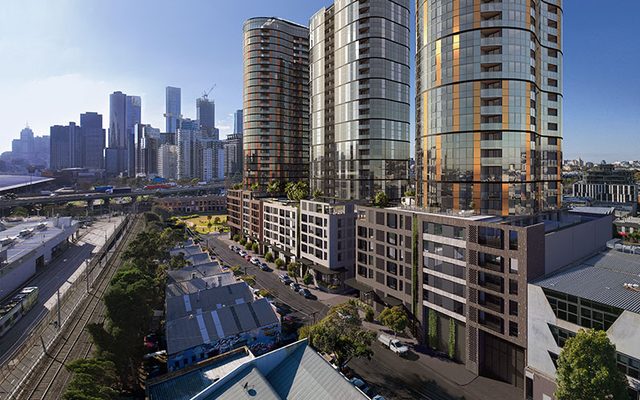This article is from the Australian Property Journal archive
THE Heathcote Dementia Alliance has created a world first housing solution for living with dementia, Costerfield House.
The small voluntary community group in rural Victoria established the transportable and fit-for-purpose Care Villa for people with dementia and their carers, which opened on World Alzheimer’s Day.
It is estimated that more than 400,000 Australians living with dementia and more than 1.5 million people in Australia are involved in the care of someone with dementia.
The smart home boasts a “bush inspired” architectural design, with a fit-out that features the latest in assistive technology.
This will deliver a safe environment enabling people with dementia to live independently while reducing challenges and pressures on carers and families.
“Much thought and planning has gone into the housing design, particularly in the fit-out,” said Sandra Slatter, president at the Heathcote Dementia Alliance.
“For the past four years, we have researched, held community focus groups, taken advice from experts and above all, listened to feedback provided by carers and people living with dementia.”
“Funding for Costerfield House has come via donations from local business, community groups and community members. Local community members have also helped with various aspects of the fit-out to help keep costs at a minimum. This is a true example of a community led grass roots initiative,” said Slatter.
The Care Villa has specially designed cabinetry and flooring to assist people with reduced mobility, as well as camera free sensors fitted to the home.
With a unique “wayfinding” design using colour contrast to help someone with dementia find their way through the home.
A range of textures have been incorporated to evoke memories for someone with dementia, aiding familiarity and positive associations.
Alert devices will be worn by the person with dementia, combined with artificial intelligence and machine learning algorithms to monitor the person’s activities and behaviours in their home environment.
“These sensors discreetly collect data on movement patterns, sleep quality, bathroom usage and meal preparation activities. If the person with dementia has a fall, or the fridge has not been opened by a certain time, a ‘red flag’ alert is sent to a designated family member or an ‘in home’ care provider,” added Slatter.
“While Costerfield House has been specially designed for people living with dementia, the design works for people with a range of conditions who require care and support.”





